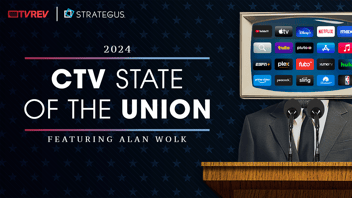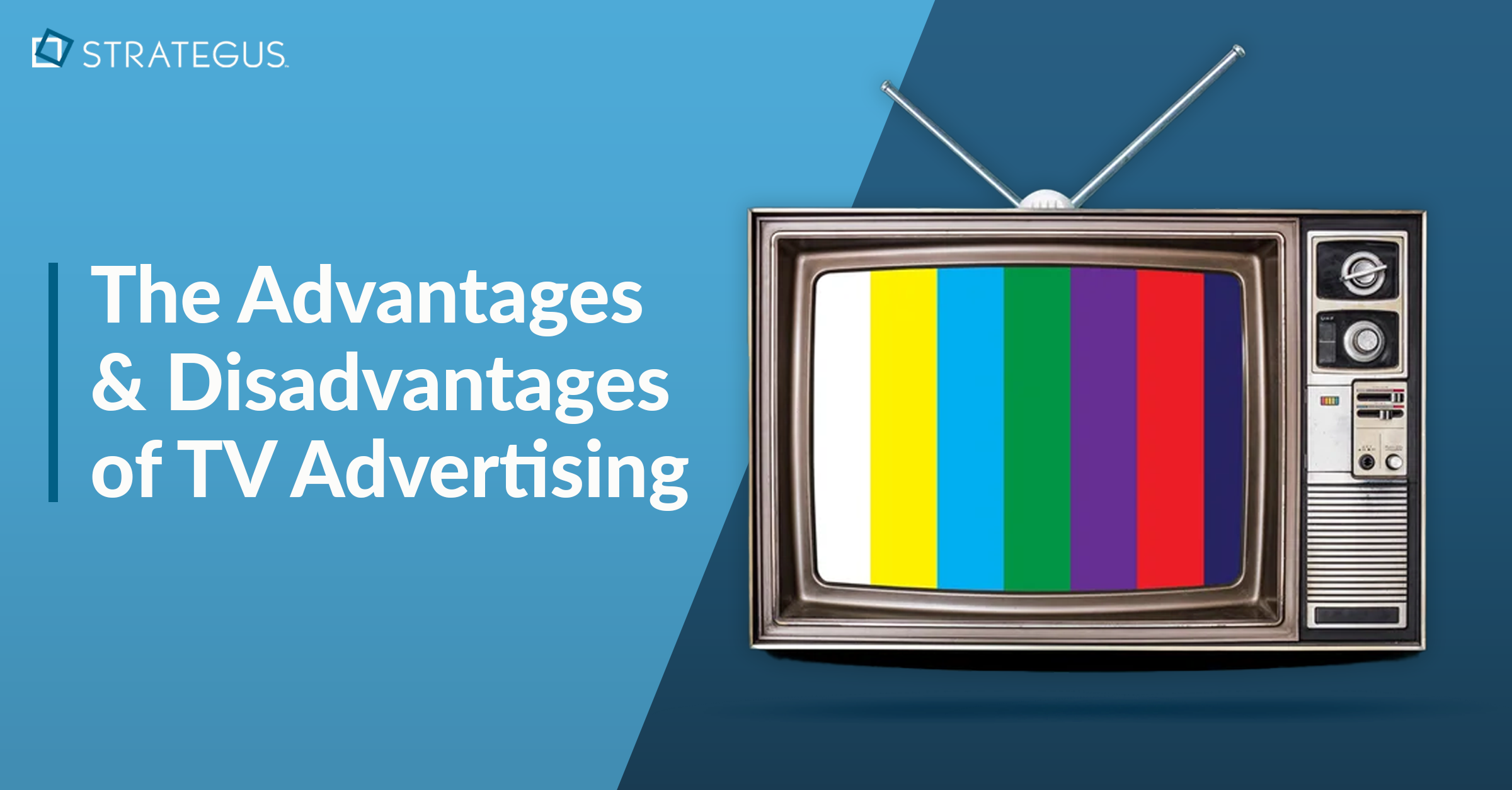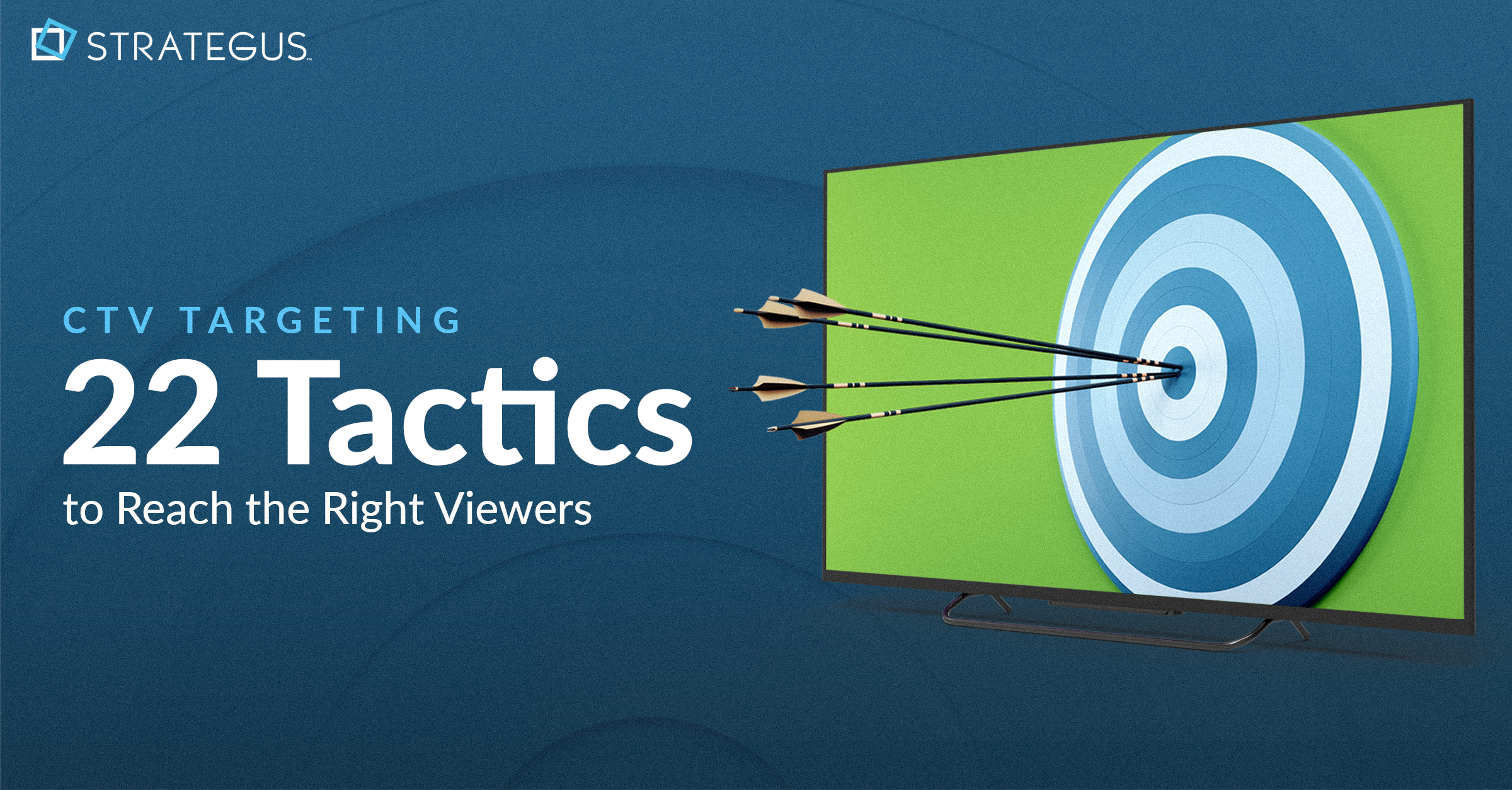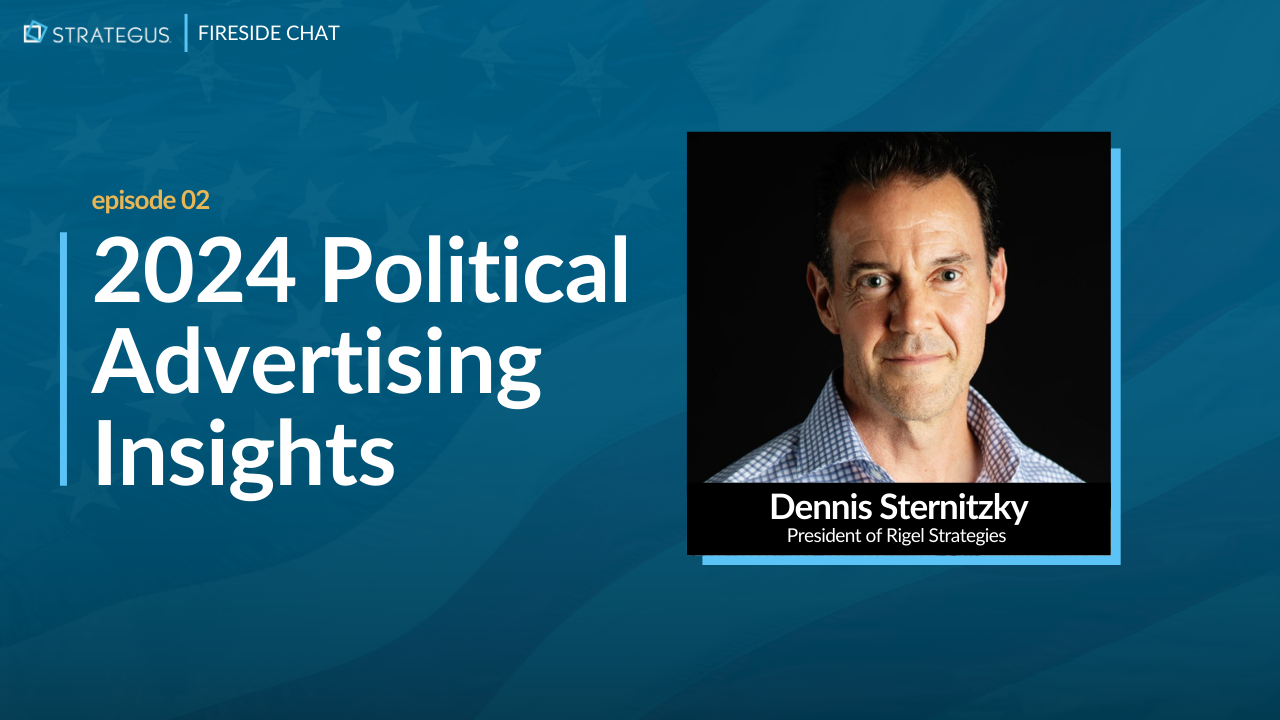The State of CTV Advertising in 2025
 Traci Ruether
Traci Ruether
11 minutes read

The future of television is here, and it’s connected. Connected TV (CTV) to be precise.
Viewers have cut the cord in droves, premium content has migrated to streaming, and ad-supported models are now thriving.
But this reality brings new challenges for advertisers. An unwillingness to shed the traditional linear mindset, fragmentation across the media landscape, and lacking expertise is preventing brands from getting the most out of connected TV (CTV) advertising.
To help alleviate these growing pains, we teamed up with TVREV’s Alan Wolk to look at where the industry is today and where it’s headed in 2025. Our very own Joel Cox talked shop with Tony Marlow, CMO at LG Ad Solutions, and Dallas Lawrence, CSO at Telly.
Check out the recording and read the recap below.
Advertisers Are Slow to Reallocate Their Budgets
Viewers have spoken: They want their streaming TV. Despite this, advertisers have been slow to adapt.
Dallas Lawrence, the CSO at Telly, explains: “I don’t think we should be surprised by this. If you think about the history of advertising, the medium is fairly slow to evolve to new platforms. Think about radio ads: They were literally just print ads read on the radio. And the first TV ads were just radio ads with an image on the screen.”
Are advertisers upping their investment in CTV advertising? Absolutely. But it’s disproportionate with the rate of viewer adoption, leaving eyeballs on the table.

Source: eMarketer
There are a few reasons for this.
To start, most media agencies are oriented around traditional TV ad placements. This translates to a lacking awareness of the ways CTV advertising outperforms linear, as well as less incentive to innovate.
Even marketers who are making CTV buys often bring an outdated playbook that fails to take advantage of the data-driven tactics afforded by programmatic advertising. What does this look like? If you’ve ever seen the same commercial play on repeat until you end up hating that brand, then you know it all too well.
“What we're having is linear dollars entering the space with linear mindsets accompanying them and not a lot of strategy around these really technical, harder-to-do things,” says Joel Cox, Co-Founder and EVP of Innovation here at Strategus.
But it doesn’t have to be this way.
The capabilities for hyper-targeted advertising, granular attribution, frequency capping, and real-time measurement are all there. Yet many media buyers aren’t embracing the opportunity to deliver a more thoughtful user experience (UX).
Contextual Targeting Is Heating Up
Speaking of targeted advertising, contextual targeting is having a moment. This is where ads align with the content on the screen, such as when an ad for Gatorade airs right after a cooler full of it is dumped on the coach.
The value of this is easy to discern. Creating a more contextually relevant experience for viewers should translate to a more impactful experience for advertisers. LG Ad Solutions’ Tony Marlow explains how brands can take this one step further:
“To use an obvious and simple example: If you’re an auto manufacturer, the prevailing wisdom is to avoid news content, especially around a horrible car accident. But maybe that’s just a bad environment for touting your new leather seats and stereo, but possibly a great environment to be saying: ‘Look, here are some advanced safety features that we offer.’”
And while it’s hard to disagree with that use case, the question still remains: When given the choice between serving ads to specific viewers versus placing ads that relate to the content itself, what should marketers prioritize?
“From a marketer standpoint, from a Strategus standpoint, I want both,” says Strategus’s own Joel Cox. “If I have to choose, though, and budgets are finite (which they always are) — I’d start with an audience-centric approach.”
Telly’s Dallas Lawrence agrees. “Contextual targeting is hot because most TVs are so dumb.”
In other words, delivering ads that are at least relevant to the content is better than nothing at all. But if an advertiser has access to viewer data, that’s far more valuable.
And more to the point, targeting of any type only gets brands so far if they’re not adapting the creative accordingly. Any capabilities that help automate ad personalization are great to this end — such as dynamic creative optimization (DCO) and interactive CTV formats — but it still comes back to having a well-defined (and properly executed) strategy.
Self-Serve Advertising for Small and Midsize Businesses (SMBs)
Another trend we’re seeing is the rapid expansion of self-service platforms across CTV.
Because programmatic advertising offers more precise targeting than traditional media placements, it opens the door for more small and midsize businesses (SMBs) to put their brand on the biggest screen in the house.
This, combined with the automation of video production and ad buying, lays the groundwork for SMBs to run TV ad campaigns entirely in-house using self-serve tools.
But is the process really that user-friendly? Will the future of TV advertising be DIY?
“You’ve got a couple of trends here,” explains LG Ad Solutions’ Tony Marlow. “We’re going to see CTV increasingly go local with the programmatic ability to buy and identify the local slots. The other critical ingredient is the application of AI. The real barrier within television and CTV environments has been the need for production value and production costs to create the ad. As AI improves more and more, so too does the ability to create AI-generated TV ads.”
And while in-housing creative production makes a lot of sense, that’s only the start. With true self-serve CTV, the advertising department controls the entire process — from bidding and scheduling ads to monitoring performance and making adjustments on the fly.
At the minimum, this requires:
- A large and well-trained team to manage strategy, logistics, and monitoring
- Integration with one or more demand-side platforms (DSPs) to access the inventory
Joel Cox explains:
“I think there’s two major real-world blockers that are going to prohibit self-serve from being a major scalable solution for SMBs. And the first is that, unlike the Google and Meta ecosystems, there isn’t a single dominant inventory platform that can offer all of the access to all of the audience and content we need... Aside from that, SMBs? They don’t have full-fledged marketing departments.”
The TL;DR is that while automation grows each day, so too does complexity. So while allure of self-serve CTV is strong, the reality is that most SMBs simply lack the resources and expertise to effectively manage all aspects of a CTV campaign in-house.
For now, partnering with experienced CTV advertising platforms and agencies remains the most viable path to success in this complex landscape.
AI and Personalization
Speaking of automation, it’s worth noting that AI has been the driving force of programmatic advertising since day one. The machine learning algorithms behind real-time bidding (RTB) have been powering personalized digital ads since the early 2000s.
So, is AI really a game changer for CTV as we head into 2025, or is it just an overhyped topic?
The answer is that it depends. For some applications, AI is already driving substantial automation. But for others, it’s a work in progress.
Dynamic Creative and Ad Repurposing
For Dallas Lawrence from Telly, the ability to quickly spin up video assets is already changing how things are done.
“There are three companies that I can think of right now that will take your Facebook campaign and turn it into a 15- or 20-second CTV commercial with no effort on your end. It’s all done by AI. It takes your campaign, whips it up, and loads it right there…
This can also be a powerful tool to drive local performant actions that will change how we think about what we use that big screen for in advertising. It’s not just about brand awareness. It’s about driving immediate action.”
Data Integration for Content Discovery
On the viewer-side of things, there’s also a lot to be gained from better integration across OTT platforms to provide a more unified UX. Tony Marlow explains:
“The way we look at it is right now, each app on your TV does a good job of saying, because you watched A, you might like B, C, D. But the thing is, it's sort of trapped within each of the 10, 20, 30 apps that you have.
And so at LG, we’re trying to drive customer-level integration to have recommendations live at the glass level when you turn your TV on across all of the services that you have access to — maybe including some subscriptions, some free — because you watched certain profiles of shows across all of them, here are things that you could watch. And it's no longer trapped within the app.”
Multi Variant Testing and In-Flight Optimization
Our own view at Strategus is that while this technology underpins programmatic CTV and does show a lot of promise, the full impact of AI on content personalization is yet to be seen. Take it from Joel Cox:
“I feel like if you're going to utilize the myriad of opportunities from audience targeting and content-based targeting, you've got to make sure that you've mapped this out and you're taking advantage by having creative relevancy that you're trying to message individually to each individual cohort within your target audience. And I think we're still just at a really nascent point in the industry where we're not quite doing that.
AI can probably lean in and help us make multivariate creative in a meaningful, scalable way but not yet. That’s where we hope it’s going, certainly.”
The Rise of the TV Operating System (OS)
To close out the conversation, panelists looked at a key piece of the CTV supply chain that often goes overlooked: the operating system (OS).
While there’s always been plenty of talk about TV devices and streaming platforms, the role of the OS has been attracting more attention recently — in part due to recent headlines.
Walmart’s acquisition of Vizio, for instance, had a lot more to do with the data collection capabilities of its proprietary software (SmartCast OS) than it did with TV hardware. Meanwhile, The Trade Desk just announced that they’ve been building a new TV OS for some time that will roll out in the second half of 2025.

“There’s this whole conversation that’s going on now about the TV operating system being a battleground more important than anything else because it controls so much.” says TVREV’s Alan Wolk
More specifically, the OS plays a bigger role in ad monetization, which is a higher-margin business than TV hardware. It also acts as a platform that connects advertisers, TV manufacturers, and viewers. This is why The Trade Desk is prioritizing advertisers’ best interests by creating an OS that isn’t tied to a single company’s content or data.
On the viewer side, there’s also room for improvement. After all, the OSes on most TVs is pretty bad.
“I’m mostly curious to see if as the innovation in the picture quality and the rest of TV levels off, does the operating system become a point of differentiation?” poses Alan Wolk. “When you walk into a store and there are two fairly identical 65-inch TVs around the same price, will people be like: ‘Oh, I like the way the operating system works on this. I like the layout on this.’”
Improvements could drive consumer loyalty for specific manufacturers looking to entice viewers. From providing a seamless user experience that integrates various streaming apps to driving personalization and immersion through voice recognition, the opportunities abound.
Looking to 2025
CTV advertising has come a long way, but there’s still work to be done in terms of advertiser adoption, cross-platform media placement, and audience-centric innovation.
Based on the tech infrastructure alone, it’s a fundamentally better channel than legacy TV — but only if industry leaders commit to activating the full suite of capabilities offered and prioritizing viewers.
Which is why at Strategus, we’re leading by example. Our vendor-agnostic services provide marketers with access to data-driven, thoroughly curated, and expertly measured CTV campaigns that put the viewer at the center of everything we do.
Want to stay ahead of the curve as our predictions play out? Subscribe to our newsletter for the latest insights, trends, and best practices delivered straight to your inbox.

Traci Ruether is a content marketing consultant specializing in video tech. With over a decade of experience leading content strategy, she takes a metrics-driven approach to storytelling that drives traffic to her clients' websites. Follow her on LinkedIn at linkedin.com/in/traci-ruether or learn more at traci-writes.com.
Strategus is a managed services connected TV(CTV) advertising agency with over 60,000+ campaigns delivered. Find out how our experts can extend your team and drive the result that matter most.
Talk to an Expert
Seeking a Custom CTV Strategy That Delivers?
What to read next

The State of CTV Advertising in 2025
The future of television is here, and it’s connected. Connected TV (CTV) to be precise.
11 minutes read

Unlock CTV Growth for Your Agency Webinar
As agencies increasingly recognize the importance of Connected TV (CTV), understanding how to leverage the platform effectively becomes crucial for...
1 minutes read

2024 Political Advertising Insights With Dennis Sternitzky
In the latest episode of the Strategus Fireside Chat series, we had the privilege of sitting down with Dennis Sternitzky, President and CEO of Rigel...
3 minutes read

Navigating 2024 Election Advertising With Jacqueline Tobacco
In our inaugural episode of the Strategus Fireside Chat series, we had the pleasure of sitting down with Jacqueline Tobacco, the Political Creative...
3 minutes read




















